Shoreline Fishing During Spawning Season: What to Know
Shoreline fishing takes on a special significance during spawning season, when fish gather in predictable locations and often feed aggressively before or after their reproductive cycle. This creates unique opportunities for anglers, but also demands responsible practices to protect vulnerable fish populations. Understanding the biological rhythms, legal considerations, and ethical approaches to shoreline fishing during this critical period can greatly enhance your success while helping preserve fisheries for future generations. Whether you’re a seasoned angler or new to the sport, knowing how to approach shoreline fishing during spawning season will improve your experience and contribute to sustainable fishing practices.
Understanding Fish Spawning Cycles
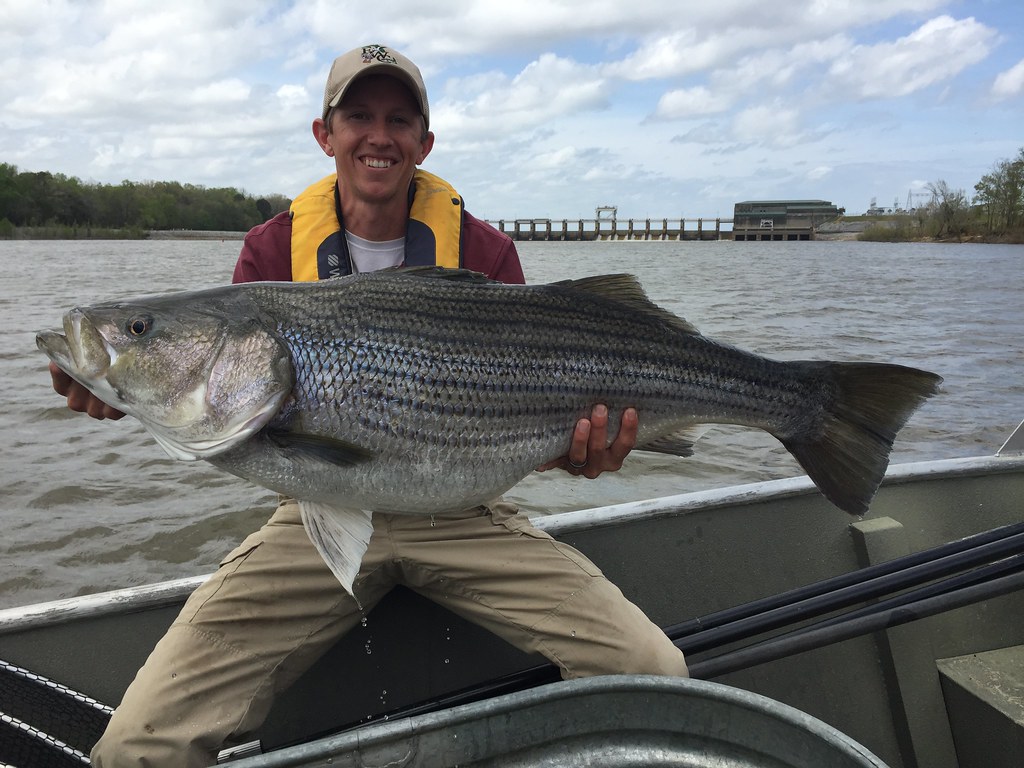
Spawning cycles represent the reproductive phase in a fish’s life when they seek specific habitats to lay eggs or release milt. These cycles are typically triggered by changes in water temperature, daylight hours, and other environmental factors that signal ideal conditions for reproduction. Different species spawn at different times of the year – bass and sunfish typically spawn in spring, trout in fall or winter, and northern pike often as soon as ice melts. Understanding these biological timelines for your target species is crucial because fish behavior changes dramatically during pre-spawn, spawning, and post-spawn periods. During pre-spawn, many species feed voraciously to build energy reserves, while during actual spawning, they may become territorial or stop feeding altogether.
Legal Considerations and Regulations
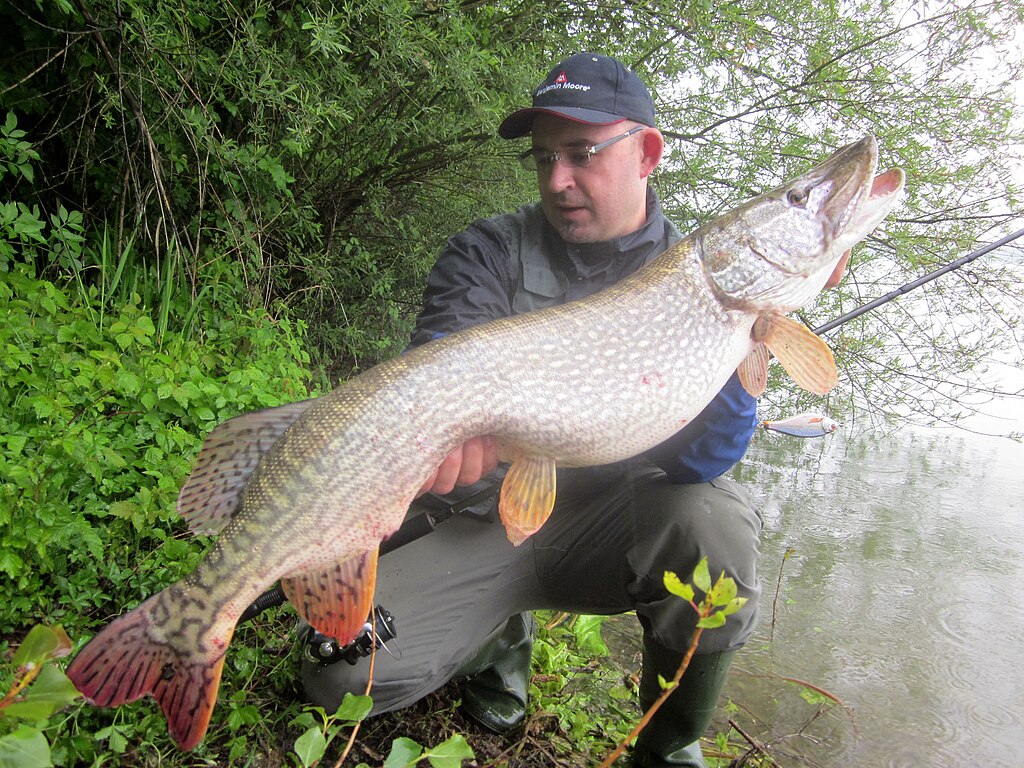
Many regions implement special fishing regulations during spawning seasons to protect fish populations at their most vulnerable time. These may include complete fishing closures in certain areas, catch-and-release only periods, reduced bag limits, or size restrictions to protect breeding-sized fish. Regulations often vary by water body even within the same state or province, requiring anglers to check current rules before heading out. Penalties for violating spawning season regulations can be severe, potentially including substantial fines, loss of fishing privileges, or even confiscation of fishing equipment. Responsible anglers should always obtain updated regulations from wildlife agencies, as these rules may change annually based on population assessments and conservation needs.
Identifying Spawning Areas from Shore
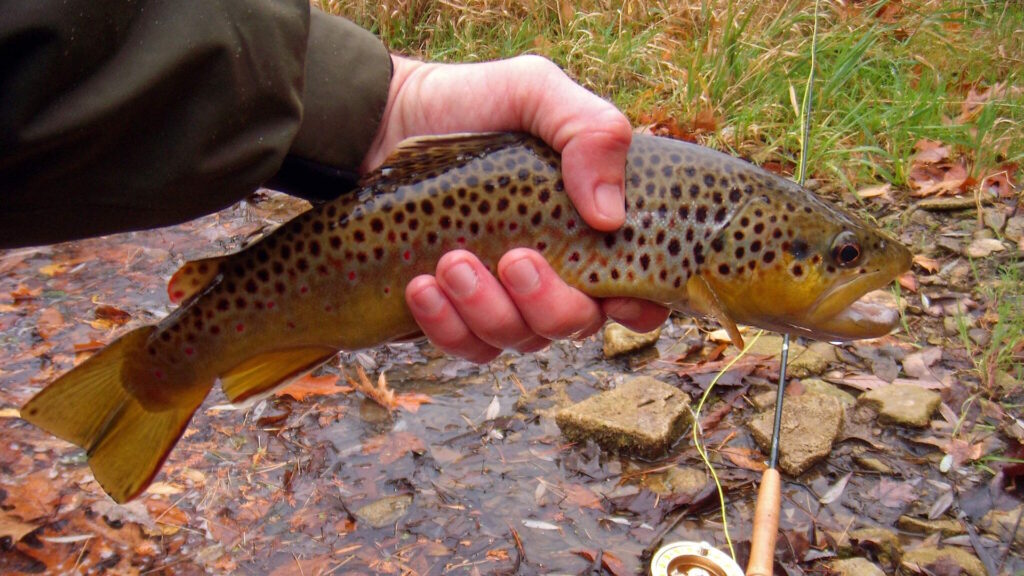
Successful shoreline fishing during spawning season begins with identifying likely spawning habitats for your target species. Many popular gamefish prefer shallow, protected areas with stable water temperatures and appropriate spawning substrate – such as gravel beds for trout, sandy bottoms for walleye, or vegetation for northern pike. Look for coves, inlets, shallow flats, and areas where tributaries enter larger bodies of water, as these often provide ideal spawning conditions. Physical signs like beds (cleared circular depressions) in shallow water, groups of fish visible in clear water, or increased fish activity at dawn and dusk can indicate active spawning areas. Polarized sunglasses are invaluable for spotting these features from shore, as they reduce glare and allow you to see into the water more effectively.
Pre-Spawn Fishing Strategies
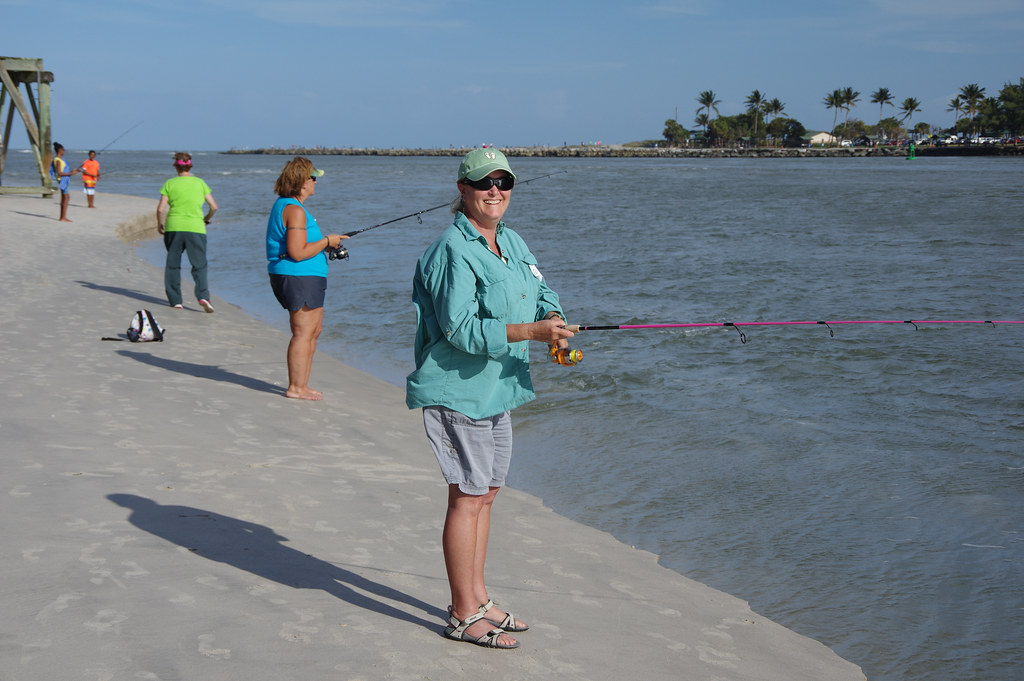
The pre-spawn period often offers the most productive shoreline fishing as fish actively feed to build energy reserves before reproduction. During this time, fish typically stage in deeper areas adjacent to spawning grounds, gradually moving shallower as water temperatures rise to optimal spawning conditions. Shoreline anglers should focus on points, drop-offs, and channel edges near potential spawning flats where fish gather before moving in to spawn. Slower presentations often work best in cooler pre-spawn water, with jigs, soft plastics, and live bait being particularly effective when worked methodically along transition areas. Many experienced anglers consider the pre-spawn period the prime time to catch trophy-sized fish, as the largest spawners are often the first to stage near breeding grounds.
During-Spawn Ethical Approaches
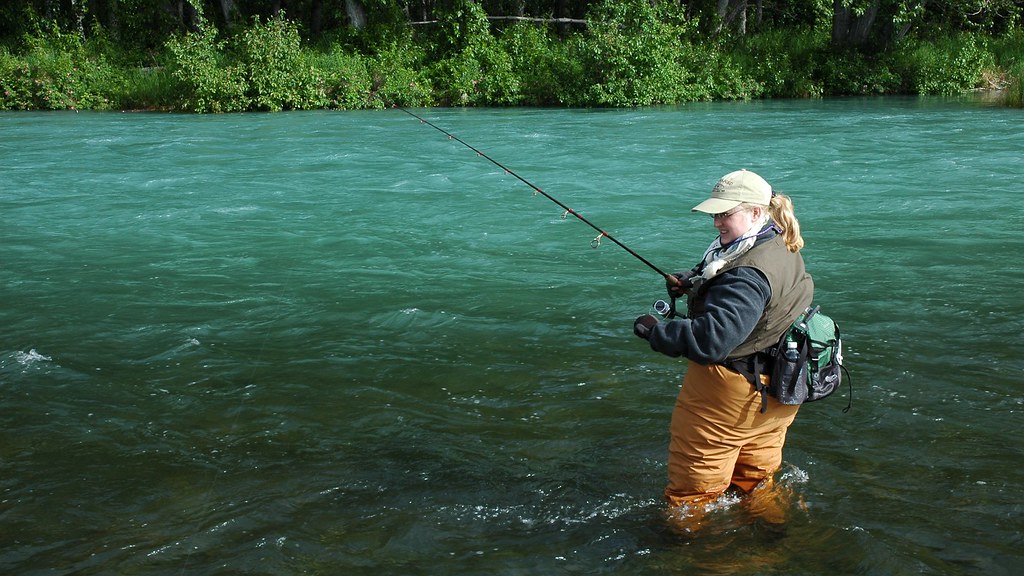
When fish are actively spawning, ethical considerations become paramount for conservation-minded anglers. Many experienced fishermen choose to avoid targeting fish directly on their nests or beds, as this creates significant stress during a critical biological period. If you do fish during active spawning, consider practicing strict catch-and-release with minimal handling to reduce mortality and stress. Quick photography and gentle releases are essential, using wet hands rather than dry towels or gloves that can damage protective slime coats. Some conservation-focused anglers voluntarily avoid certain species altogether during their peak spawning times, instead targeting alternative species that aren’t actively reproducing during that period.
Post-Spawn Feeding Patterns
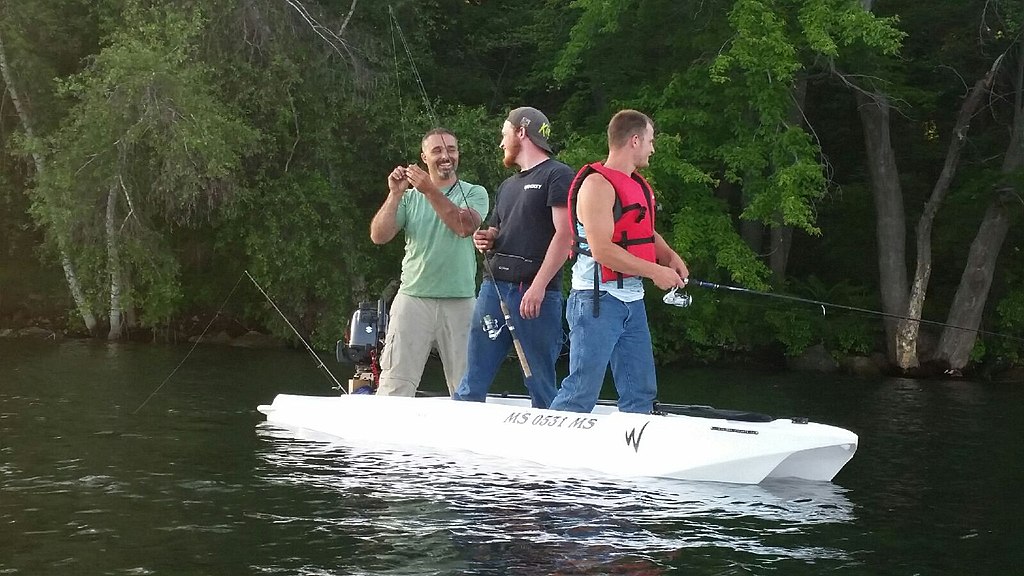
The post-spawn period often represents another excellent opportunity for shoreline anglers as fish recover from the energy-depleting process of reproduction. After spawning, many species experience intense hunger and feed aggressively to replenish lost energy reserves and recover physical condition. Fish typically move from shallow spawning areas to slightly deeper water structures like nearby drop-offs, weed edges, or underwater points. Faster retrieves and more aggressive presentations often become effective during this period, particularly on warmer days when fish metabolism increases. Post-spawn fish may school more actively than during other periods, creating opportunities to locate concentrations of feeding fish that can produce exceptional catch rates from productive shoreline locations.
Species-Specific Spawning Behaviors
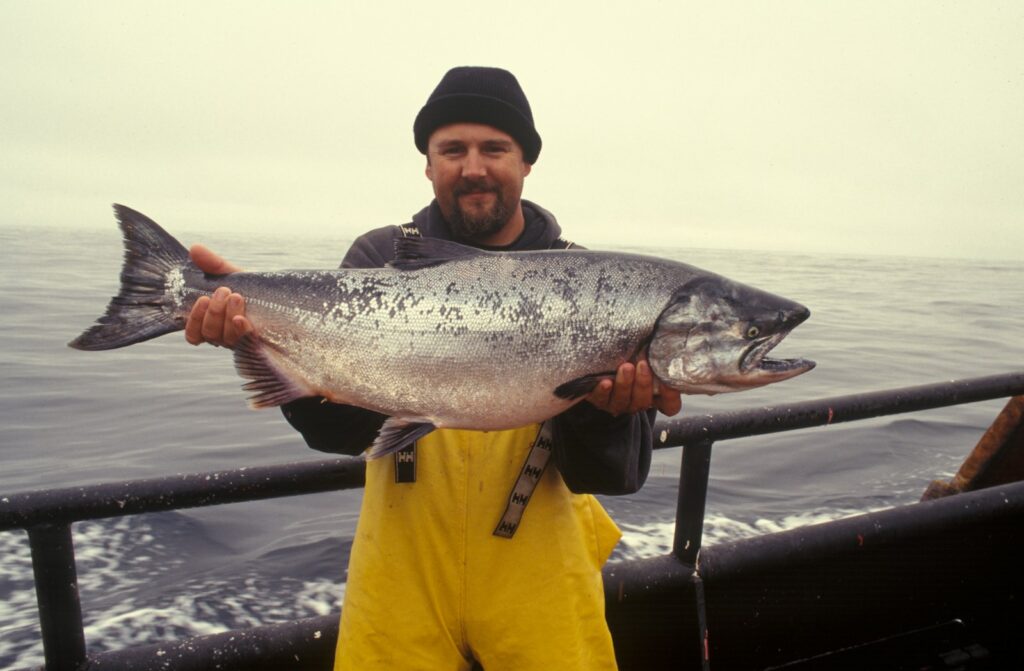
Different fish species display remarkably varied behaviors during spawning that directly impact fishing strategies. Bass, for instance, create visible nests in shallow water where males guard eggs aggressively, striking at potential threats including lures. Trout and salmon often move into tributaries or shallow gravel areas, becoming more visible but also more selective about feeding during active spawning. Panfish like bluegill and crappie often spawn in colonies, creating multiple nests in close proximity where entire populations can be vulnerable to overfishing. Understanding these species-specific behaviors helps anglers not only locate fish but also determine whether ethical fishing is appropriate during different phases of reproduction for various species.
Essential Shoreline Gear for Spawning Season
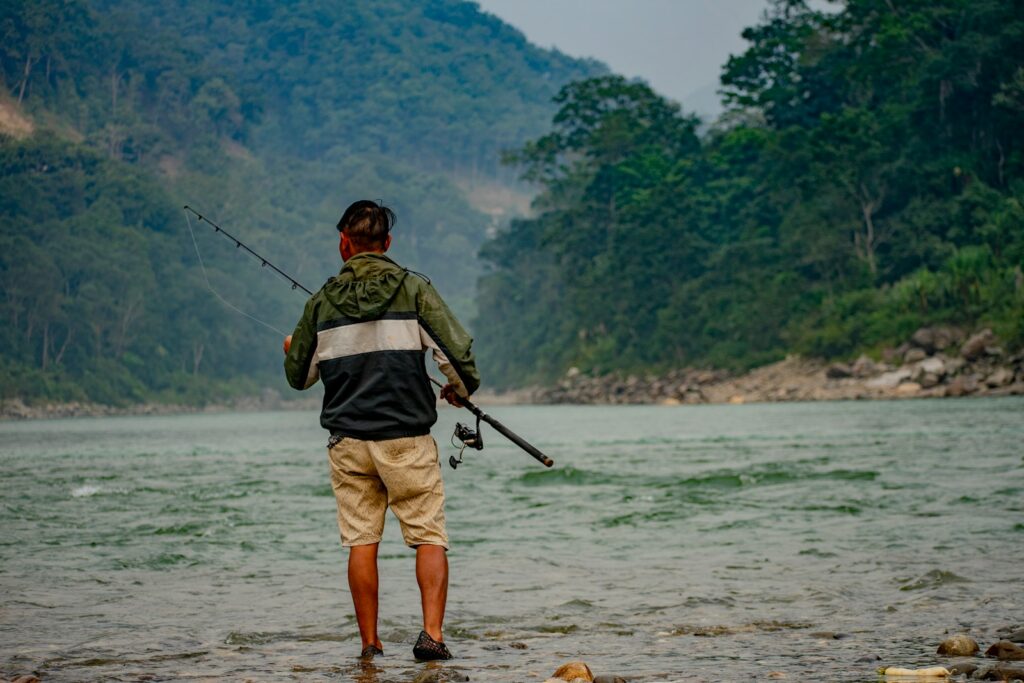
Successful spawning-season shoreline fishing requires specialized equipment to effectively and responsibly target fish. Longer rods (7-9 feet) generally provide advantages for shoreline anglers, offering greater casting distance to reach offshore spawning areas and better line control when fighting fish from fixed positions. Polarized sunglasses are absolutely essential, allowing you to spot beds, structure, and fish that would otherwise remain invisible beneath the water’s surface. A landing net with rubber or knotless mesh minimizes damage to fish destined for release, protecting scales and the protective slime coat. Consider adding specialized tools like needle-nose pliers or dehooking devices to quickly remove hooks with minimal handling, especially important for fish that will be released during spawning season.
Weather Patterns and Spawning Activity
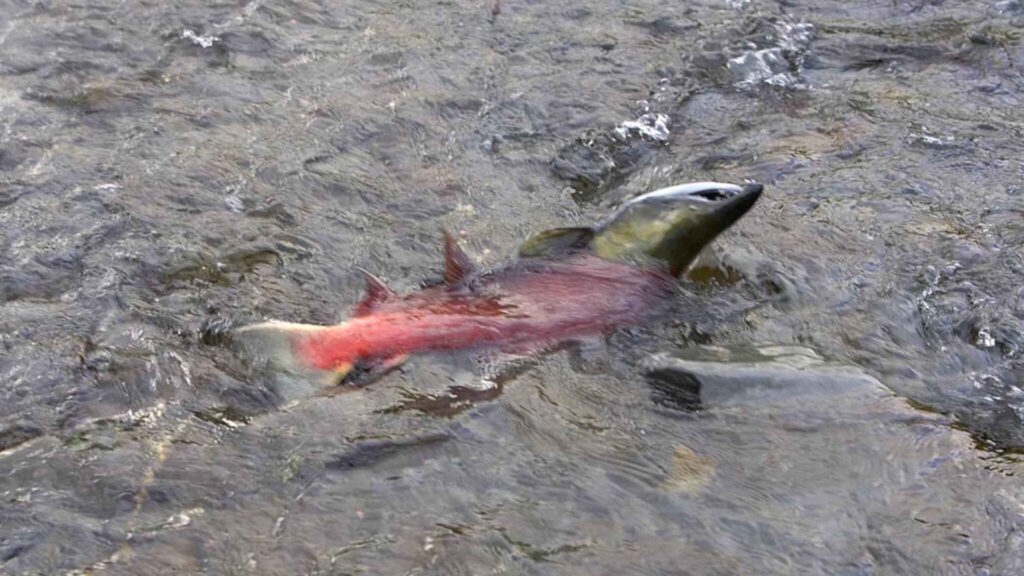
Weather conditions dramatically influence spawning activity and directly affect shoreline fishing success during this period. Cold fronts can delay spawning or temporarily push fish to deeper water, making them less accessible to shore anglers. Stable weather patterns typically provide the most consistent spawning activity and fishing success, with gradual warming trends often triggering waves of fish moving to spawning areas. Barometric pressure changes affect fish behavior significantly during spawning season – falling pressure before storms often increases feeding activity while rising pressure following weather systems may suppress it. Water clarity also plays a crucial role, with heavy rains potentially causing turbidity that disrupts spawning or changes fish positioning to areas that might be more accessible from shore.
Catch and Release Best Practices
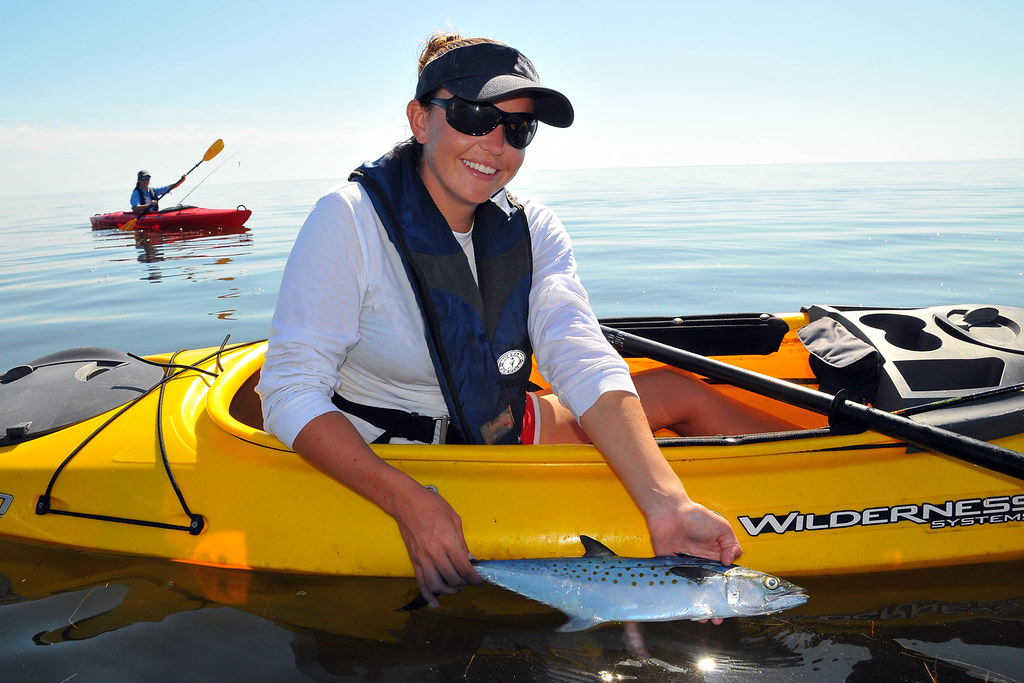
Proper catch and release techniques become even more critical during spawning season when fish populations are most vulnerable. Minimize air exposure by keeping fish in the water while removing hooks whenever possible, as extended air exposure can damage gill filaments and increase mortality. Consider using single, barbless hooks that cause less damage and allow for quicker releases with minimal handling. Water temperature affects release success significantly, with fish caught in warmer water experiencing higher stress levels and requiring more careful handling and revival techniques. When photographing spawning-season catches, prepare your camera in advance, quickly take the photo while supporting the fish horizontally, and promptly return it to the water to minimize stress during this critical biological period.
Avoiding Habitat Damage
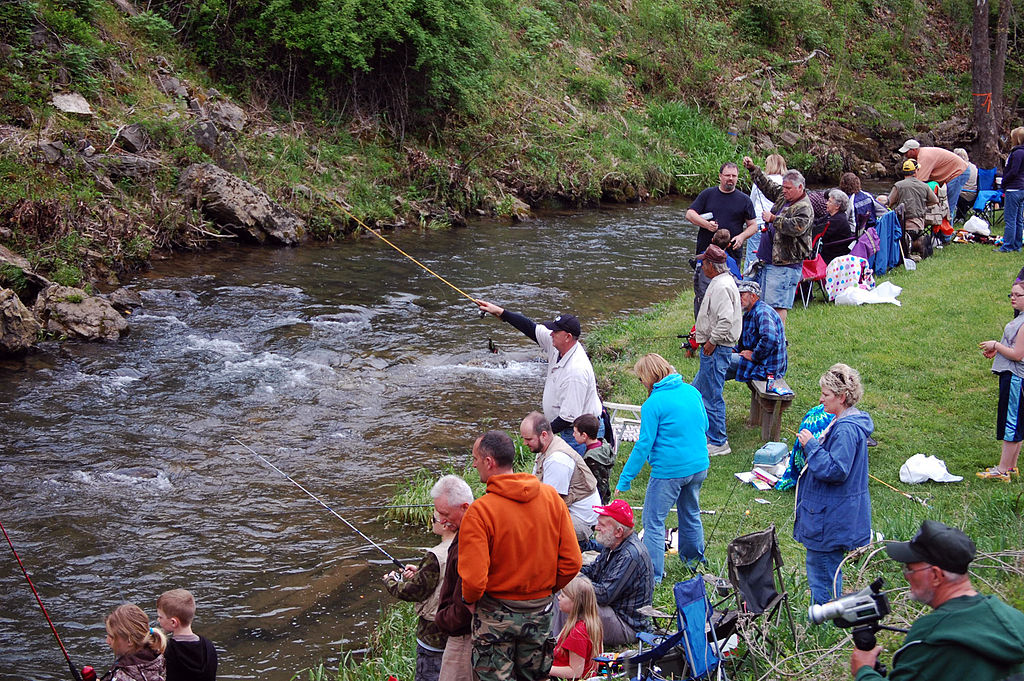
Shoreline anglers must take special care to protect spawning habitat that is essential for fish reproduction. Wading through shallow spawning areas can disturb or destroy eggs and nests, potentially decimating an entire year’s reproduction in heavily trafficked areas. Consider fishing from slightly elevated banks or using longer rods to reach spawning zones without entering the water when possible. Be mindful of shoreline vegetation that provides crucial cover for newly hatched fry, avoiding trampling these areas even if they provide convenient fishing access. In areas with multiple anglers, consider establishing informal rotation systems for prime fishing spots to reduce concentrated impact on specific spawning areas while allowing fair access to productive fishing locations.
Reading Water Temperature Cues
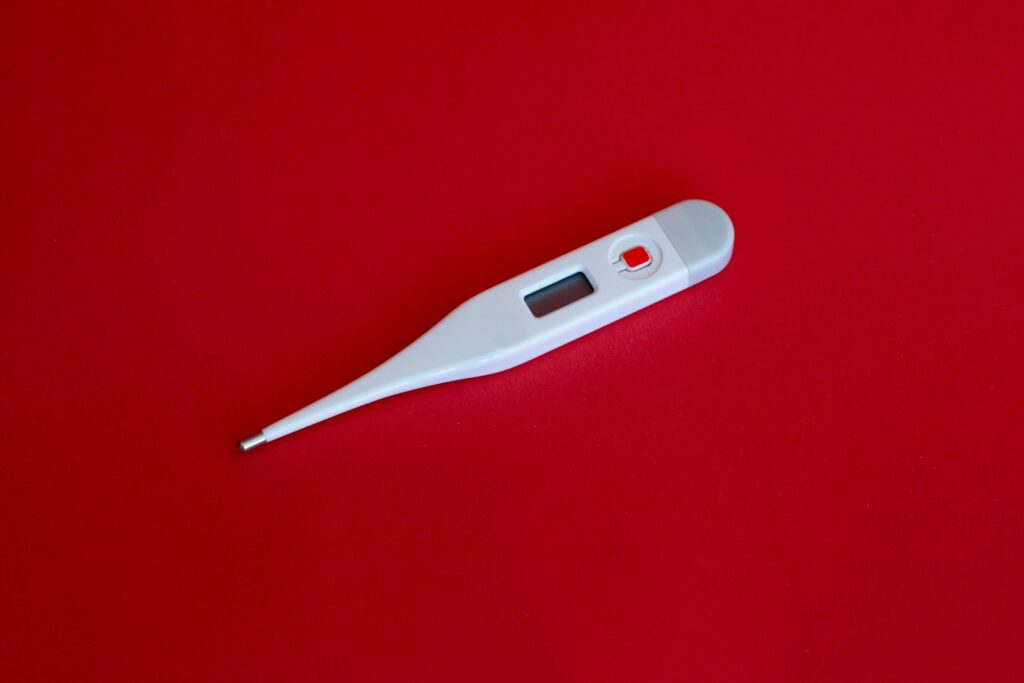
Water temperature serves as the primary trigger for spawning activity in most fish species, making temperature monitoring a powerful tool for shoreline anglers. Invest in a simple floating thermometer or digital temperature gauge to track temperature patterns in your fishing areas throughout the spawning season. Many species have specific temperature ranges that initiate spawning – largemouth bass typically spawn when waters reach 60-65°F, while walleye prefer 42-50°F ranges. Shallow bays and protected coves often warm faster than main lake areas in spring, attracting the first spawning fish of the season to these shoreline-accessible locations. Daily temperature fluctuations can create “windows” of activity, with late afternoons often showing peak shallow water activity after the day’s warming in spring spawning species.
Alternative Species During Major Spawns
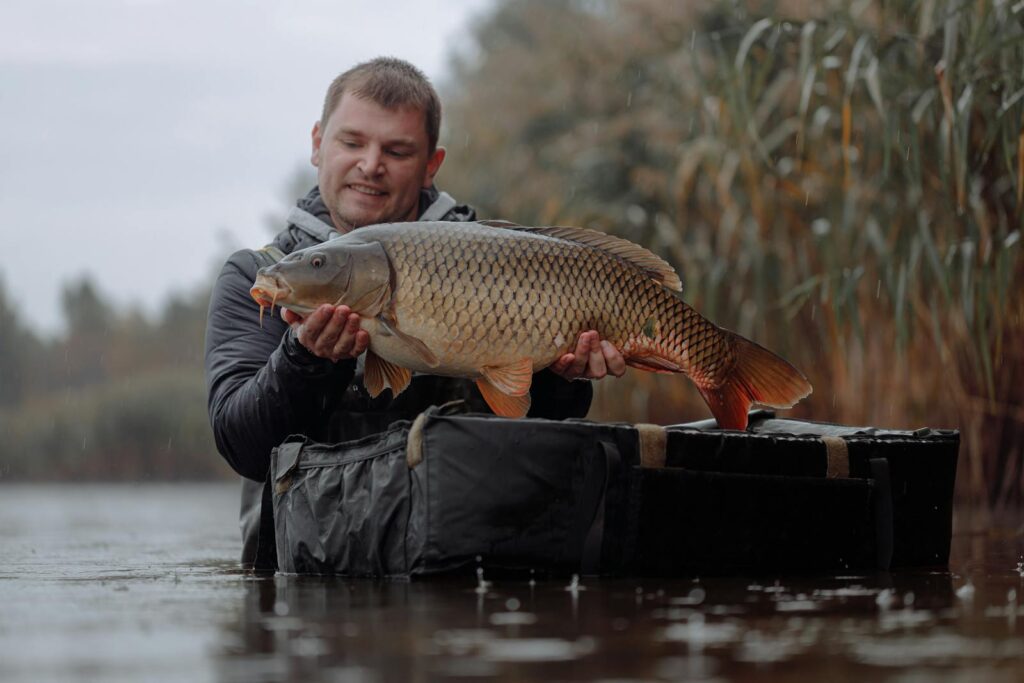
Conservation-minded anglers often shift their target species during peak spawning periods of vulnerable populations. While popular gamefish like bass or trout are spawning, consider pursuing species with different reproductive timing or more robust populations. Many non-game species provide excellent sport and may be actively feeding while gamefish are focused on reproduction. Species like carp, freshwater drum, or catfish often have different spawning periods than popular gamefish and can provide exciting shoreline fishing opportunities while allowing breeding populations to reproduce undisturbed. This approach not only promotes conservation but also helps anglers develop versatility and appreciation for diverse species that might otherwise be overlooked.
Community Science and Spawning Observations
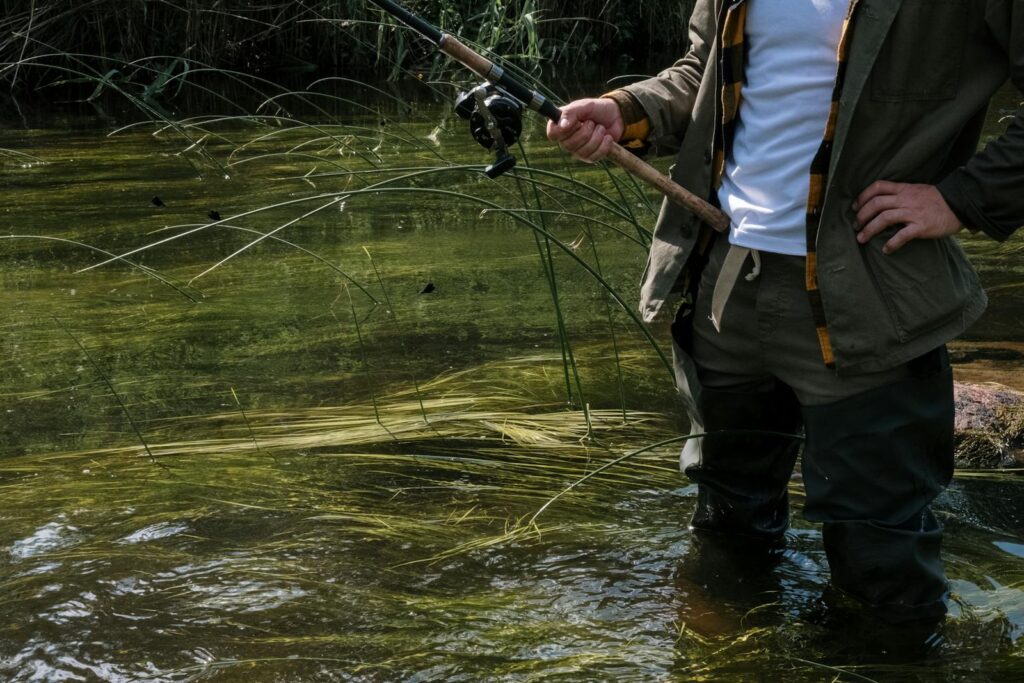
Shoreline anglers have unique opportunities to contribute valuable data to fisheries management through observation and reporting during spawning seasons. Many wildlife agencies encourage anglers to report spawning activity, including timing, water conditions, and locations to help monitor population health and reproductive success. Photographs of spawning areas (taken without disturbing the fish) can provide valuable documentation of habitat use and spawning behaviors. Consider participating in organized citizen science programs that monitor specific waters during spawning seasons, as these efforts directly contribute to better management and protection of the resources anglers enjoy. Your observations from consistent visits to shoreline fishing spots can help establish long-term trends in spawning activity that might otherwise go undetected by management agencies with limited monitoring resources.
Shoreline fishing during spawning season offers unique opportunities to connect with fish during one of their most fascinating life stages, but it comes with special responsibilities. By understanding spawning cycles, respecting regulations, and employing ethical fishing practices, anglers can enjoy productive fishing while contributing to conservation efforts. The knowledge of when to target pre-spawn or post-spawn fish, which areas to avoid during active spawning, and how to properly handle fish during this vulnerable period makes you not just a more successful angler, but a better steward of aquatic resources. As you apply these principles to your shoreline fishing adventures during spawning season, you’ll likely find your fishing experiences become more rewarding on multiple levels.
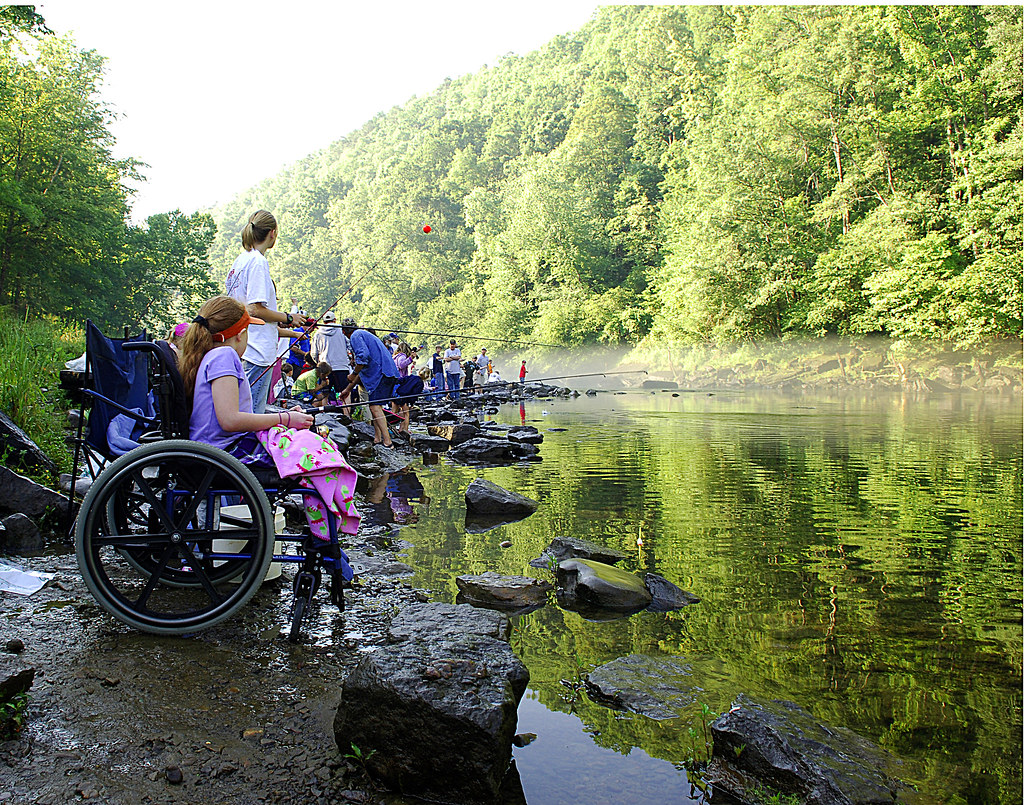
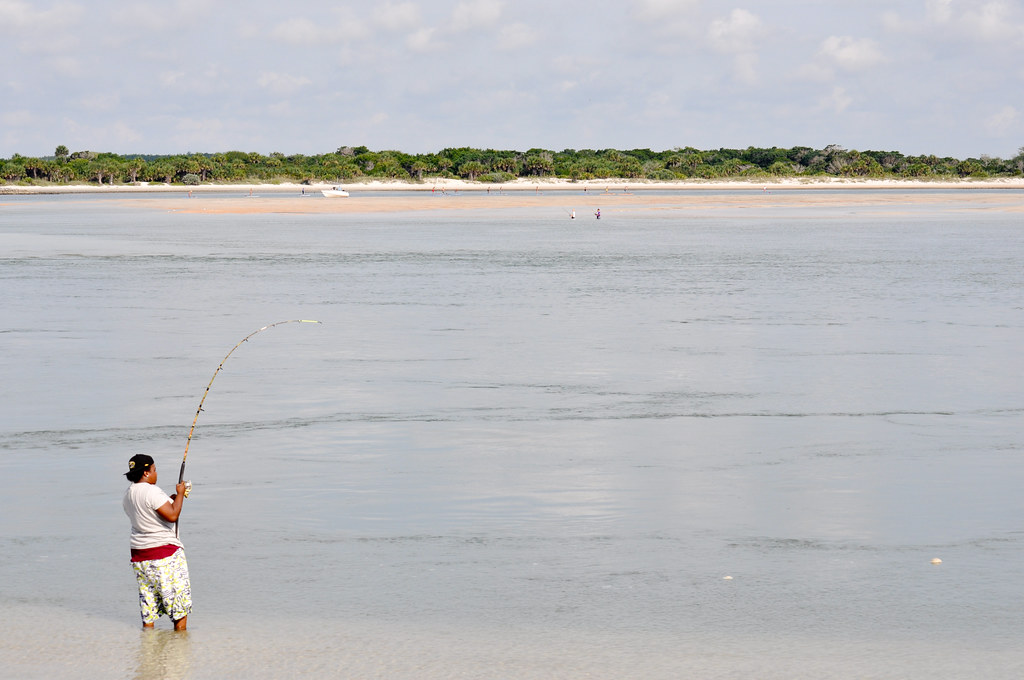
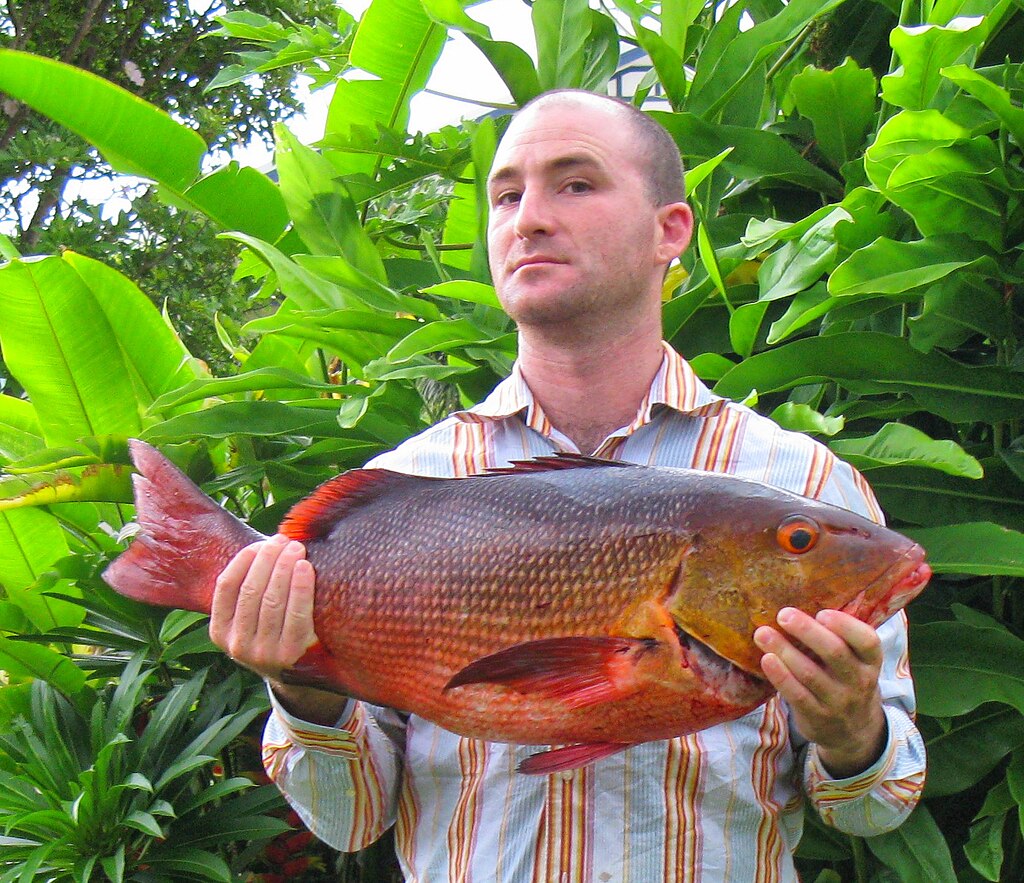
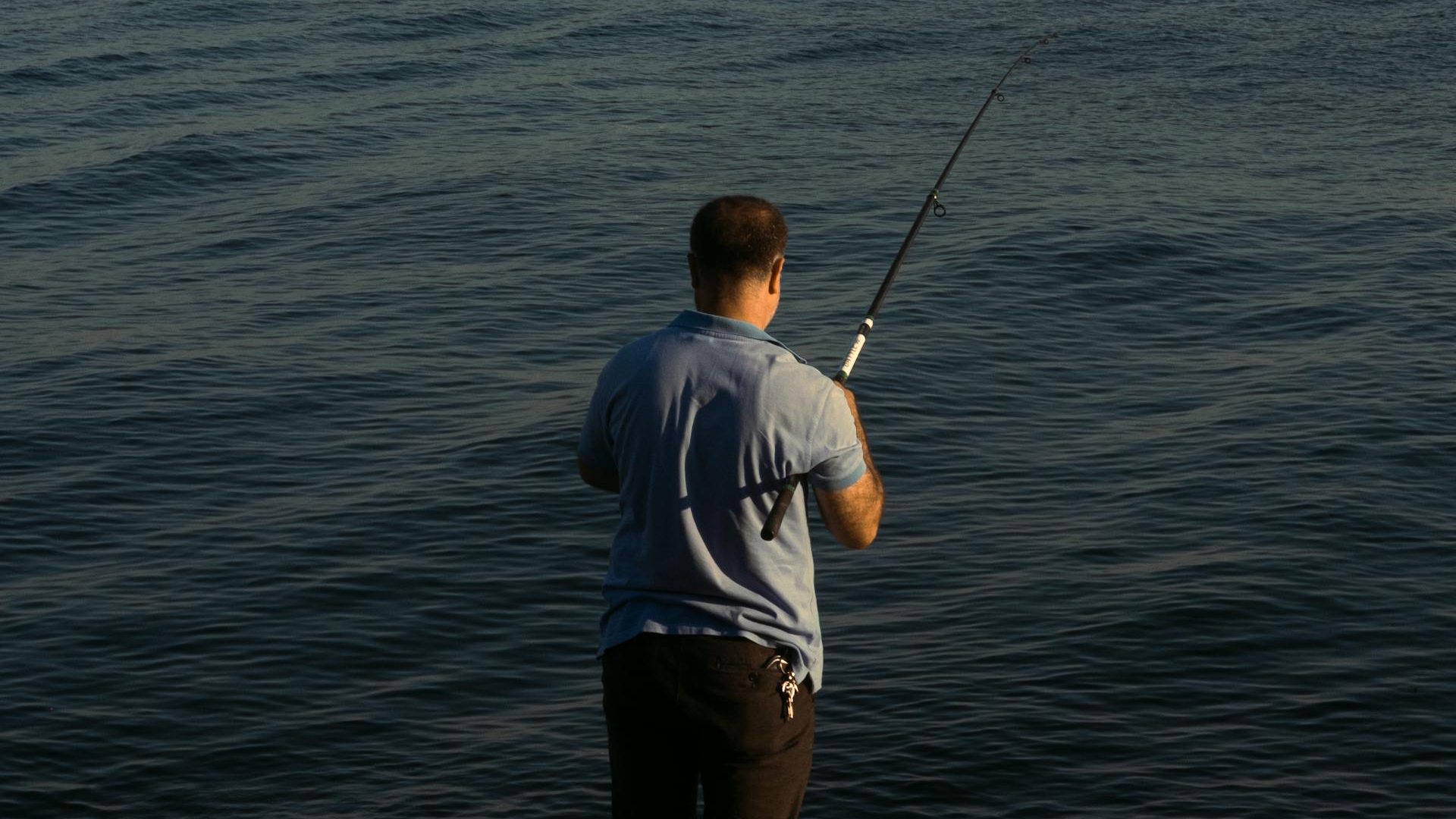
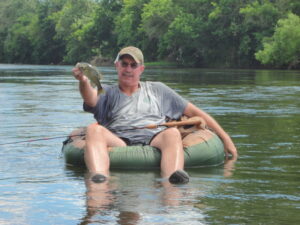
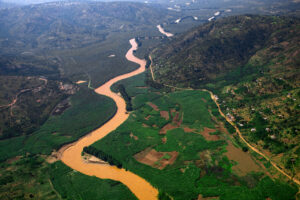








Post Comment